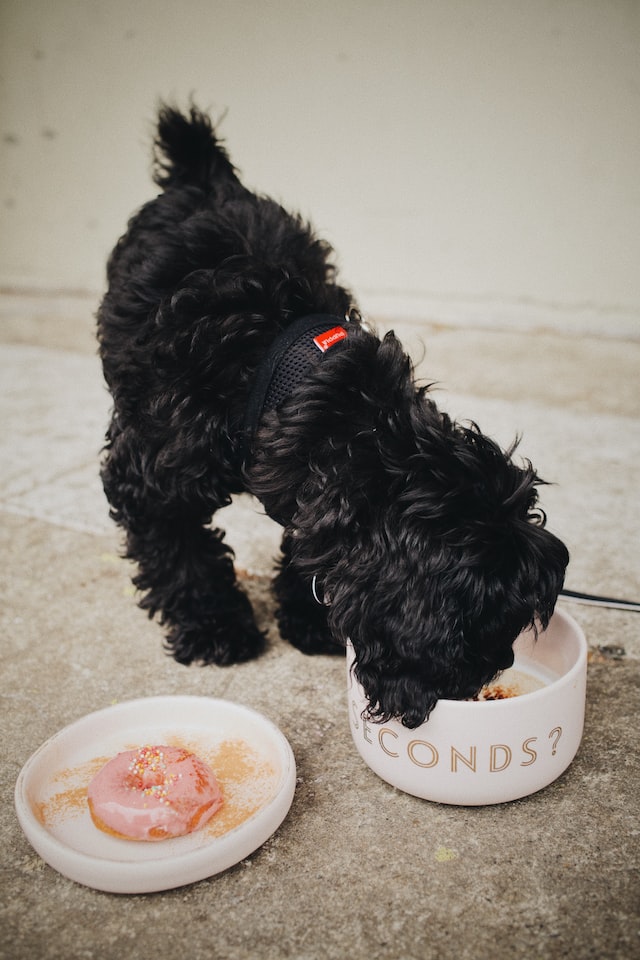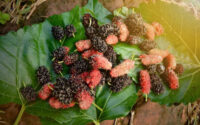Step-by-step instructions for making healthy food for your dog
As a responsible pet owner, it’s crucial to provide your furry friend with the best possible nutrition. One way to ensure a well-balanced and healthy diet is by preparing homemade meals for your dog.
Here is a step-by-step guide to making nutritious food for your canine companion:
Table of Contents
Step 1: Consult with Your Vet
Before making any changes to your dog’s diet, consult with your veterinarian. Your vet can help you determine your dog’s specific nutritional requirements based on their age, weight, and overall health.
Step 2: Choose High-Quality Ingredients
Choose high-quality, healthy ingredients for your dog’s meals. Look for organic meats, fruits, and vegetables that are free of harmful chemicals and pesticides. Avoid foods high in salt, sugar, and preservatives.
Step 3: Determine the Appropriate Portion Sizes
Calculate the appropriate portion sizes based on your dog’s age, weight, and activity level. Overfeeding can lead to obesity and other health problems, so it’s crucial to follow recommended portion sizes.
Step 4: Decide on the Cooking Method
Choose a cooking method that works best for the ingredients you’ve chosen. Some options include boiling, baking, or sautéing.
Step 5: Prepare the Ingredients
Wash and chop the ingredients into small, bite-sized pieces. Remove any bones or pits that could be harmful to your dog.
Step 6: Cook the Food
Cook the food thoroughly to avoid any potential health hazards, such as salmonella or E.coli. Avoid feeding your dog raw food unless your vet approves.
Step 7: Allow the Food to Cool
Let the food cool down to room temperature before serving it to your dog. Hot food can burn your dog’s mouth and tongue.
Step 8: Store the Food
Store the food in an airtight container in the refrigerator or freezer. Homemade dog food can last for up to five days in the refrigerator and up to six months in the freezer.
Step 9: Serve the Food
Serve the homemade food to your dog in the appropriate portion size for their specific dietary needs. Monitor your dog’s weight and adjust the portion sizes as needed.
In summary, preparing homemade healthy food for your dog requires consideration of their nutritional requirements, portion sizes, and safe cooking methods. By following these step-by-step instructions, you can provide your dog with a nutritious and well-balanced diet.

How do you know if your puppy needs organic food?
Determining whether your puppy needs organic food can be a daunting task. Organic food is produced without synthetic pesticides, fertilizers, or GMOs, and with a focus on maintaining animal welfare and reducing environmental impact. Here are some factors to consider before deciding if your puppy needs organic food.
If your puppy has a sensitive stomach, organic food could be the perfect solution. Organic food is free from artificial preservatives, colors, and flavors that can cause gastrointestinal distress. It is also easier to digest, making it a great choice for puppies with sensitive stomachs.
Organic food can also be beneficial if your puppy has allergies or skin issues. It is free from chemicals and artificial ingredients that can trigger allergic reactions or exacerbate skin problems.
If you are concerned about the environmental impact of your puppy’s food, organic food is an excellent choice. Organic farming practices prioritize sustainability and reducing environmental impact.
However, not all organic food is equal. Look for certified organic food that meets the standards set by the United States Department of Agriculture (USDA). These standards ensure that the food is produced without synthetic pesticides, fertilizers, or GMOs.
To determine if organic food is the right choice for your puppy, it is important to consult with your veterinarian. Your veterinarian can help you determine your puppy’s specific nutritional needs and recommend a diet that meets those needs.
In conclusion, if your puppy has a sensitive stomach, allergies, skin issues, or you are concerned about the environmental impact of their food, organic food may be a great option. Be sure to choose certified organic food that meets USDA standards and consult with your veterinarian to determine the best diet for your puppy’s specific needs. A balanced and nutritious diet can help your puppy grow up healthy and happy.

